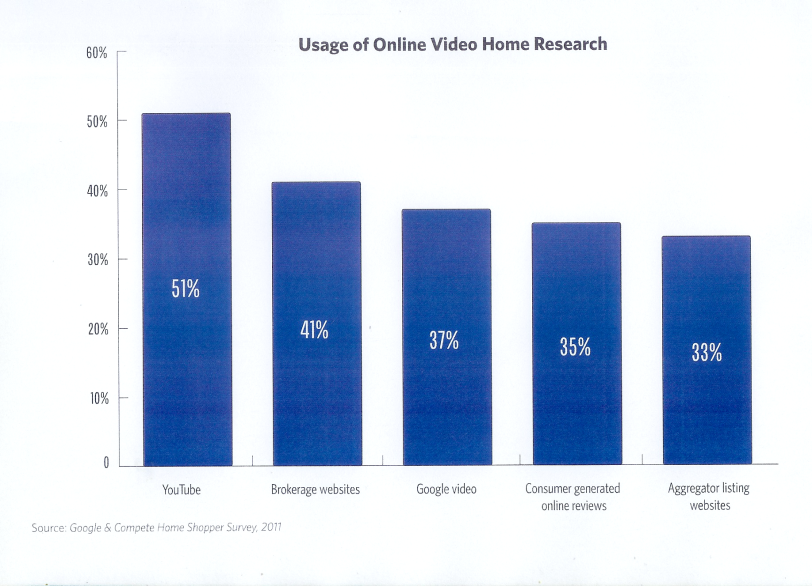
Two years ago Fortune magazine identified me as the best networker on LinkedIn; this in turn led to some wonderful stories in Adam Grant's excellent book, GIVE AND TAKE.
Since then, every day people ask me about things I’ve learned about networking on Twitter, PandaWhale, and in real life.
I feel fortunate to have learned networking from many excellent teachers, and the greatest of these teachers was actually the Internet itself. The top three lessons of Internet computer networking serve as valuable lessons for human networking, too:
- Networks add value by getting bigger
- Networks add value by being used more
- Networks add value by being fault tolerant
Let's briefly explore each of these points, with some tactical advice on how to apply them.
1. Networks add value by getting bigger
It seems uncontroversial now, but that’s because our thinking has been so inflected by many years of access to a public, open, scalable Internet. Back in the day, many computer scientists argued that networks would maximize their value by being made out of nodes that were more tightly controlled by a single owner. Similarly, until recently, human networks were small, tightly connected, and controlled by gatekeepers such as elite colleges, social clubs, and prestigious professional organizations. The Web has been a great example of how technology — in the form of apps such as LinkedIn — can help foster more connections than can be maintained in real life.
TIP: Since networks add value by getting bigger, use every day as an opportunity to grow the quality of your connections. I am often asked how I created my network, especially given that I am naturally introverted. It turns out that building a network is not hard; with time and patience, you can do it, too. The key is to tend to your network a little bit at a time, over the course of many years.
A good rule of thumb is to connect with at least 1 and up to 3 people every day. More than 3 means you're not connecting deeply enough.
Each interaction need not take long; you can get started with just a single five minute favor each day. It's not about time; it's about authenticity. The main way to deepen a connection is through genuine interactions that share knowledge and stories and emotions.
2. Networks add value by being used more
There are many obvious downsides of heavy network usage: slowness, conflicts, lack of prioritization, lossiness, and low signal to noise ratio immediately come to mind. But the corresponding upsides include plenitude, ubiquity, rapid growth, and habituation. They don’t call them network effects for nothing! The same lessons apply to human networks: the more we reach out to our acquaintances, the more value we create not just for ourselves but for all of them, too.
TIP: It is important to connect EVERY day. Let's repeat that: EVERY SINGLE DAY.Some connections can be new (and, ideally, with a warm introduction from a mutual connection). Some connections should be re-connections with "dormant ties" that deepen a connection already made.
Relationships are progressions and re-connections are the fuel for that progress. Deepening 1-3 connections every single day makes you healthier, happier, and it's good for your career.
3. Networks add value by being fault tolerant
In many ways the Internet is the very worst designed network of all time (think about how often things fail when you're surfing The Web!) but paradoxically that is also its greatest strength. Every part of it was designed to fail early, often, and hard without impacting any other part too negatively. On the human level, I have learned that communities must also be designed to deal with messiness, loss, and failure. Unlike the architecture of the Internet, we also have the ability to learn and grow from the error conditions of life -- which ultimately makes the whole network stronger if we all share what we’ve learned.
TIP: Tend to your network like a garden, a little every day, by weakening connections. Weed your garden: If someone demonstrates s/he is not worth growing a connection with, do not invest more time with that person. Instead, invest that time in someone who IS worth knowing better. Over time, your network will dynamically reflect your efforts, and be wonderful and helpful not just to you, but to your connections, too.
We distill these lessons into 3 rules of thumb:
- Every day improve the quality of 1-3 of your best connections. Every single day.
- What you get out of your network depends on what you put into your network. Therefore, invest your time generously.
- We become more like the people with whom we spend time. Choose wisely.
Happy networking!
Source of the network at the top of this page is Flickr user yaph. Thank you yaph!









